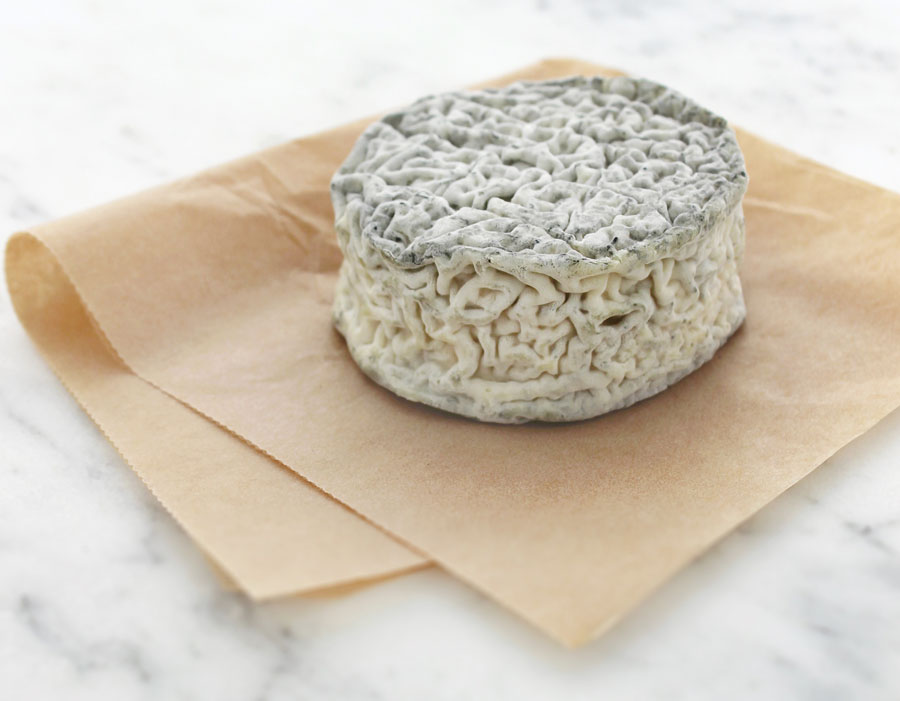
Vermont Creamery’s Bonne Bouche
March 3, 2020 | 3 min to read
The signature geotrichum-rinded aged goat cheese harkens to the cheeses of France’s Loire Valley.
It can be challenging pinpointing a cheese that is the epitomy of a company’s offerings, but for Vermont Creamery, Bonne Bouche comes pretty close.
This flagship signature geotrichum-rinded, hand-ladled and ash-ripened goat cheese was first introduced in 2001 and created by Allison Hooper, co-founder of Vermont Creamery.
The goal was to make a geotricum goat cheese similar to the revered cheeses of the Loire Valley France. For two years, Hooper worked on developing the recipe in the corner of the creamery, repurposing old sets of soft ripened cheese equipment in the process. Because geotricum is a very sensitive yeast and hard to grow on the surface of the cheeses, the production can be quite time consuming. It takes seven to 10 days to ensure the cheese develops the perfect texture, taste and wrinkly rind.
Bonne Bouche is made with pasteurized milk and set into small tubs for 24-hour lactic coagulation with the addition of starter cultures. The following day, the fresh curd is carefully hand-ladled into molds and the whey is drained overnight. The next day, the soft cheeses are removed from the molds, ashed and moved into the drying room to remove the surface moisture from the cheeses and prepare for the rind to develop.

After one to two days, the cheese moves to the aging room, where the controlled cool and humid environment allows the geotricum rind, characterized by its small wrinkles, to form.
Cheeses are then packaged in wooden crates with microperforated film to continue aging during their trip to market.
When Adeline Druart joined the company as a French cheesemaker/intern, she worked with Hooper and Bob Reese to perfect the recipe and subsequently build a new facility where geotricum cheeses would be made at scale.
Over 15 years later, Vermont Creamery is still working to perfect its recipe and know-how.
What makes this cheese unique is the tiny wheels are lightly dusted with poplar ash and develop a stunning wrinkled rind over time. The paste is smooth, rich and luxurious, with a tanginess that balances its mellow, earthy flavors. Geotricum rind is not only beautiful, as it looks like a brain, but it also is considered the best representation of goat’s milk.
Bonne Bouche is best paired with rosé and Saison, prosciutto, chocolate almonds and granny smith apples.
Hooper’s hard work to create Bonne Bouche was not in vain, as the response from the marketplace was overwhelmingly positive. The cheese won its first award at the American Cheese Society in 2017 as well as a 2017 Good Food Award and a 2018 Gold Award from ACS.
Bonne Bouche is available in a wide array of grocery stores, like Whole Foods and Wegman’s as well as specialty cheese shops nationwide.

